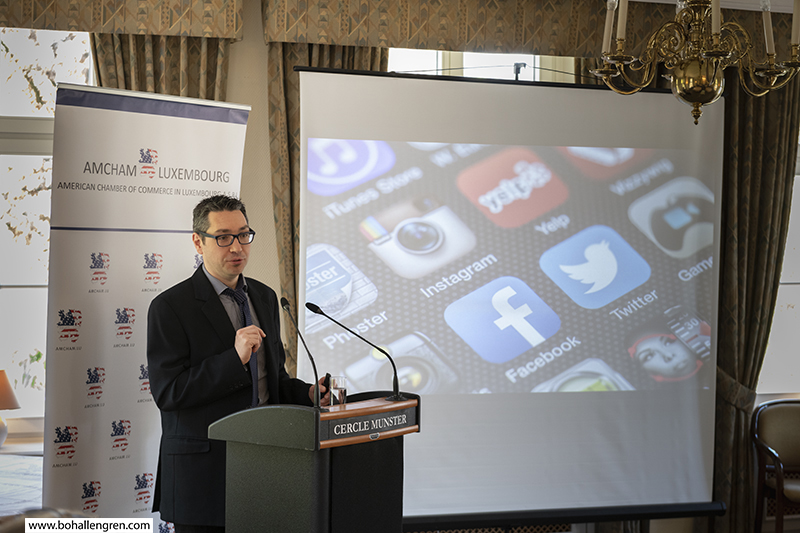Monday 6th May,2019 the Private members Club, Cercle Munster was the setting for a highly interesting talk by Damien Schreurs on Smartphone Security. After the luncheon Damien had a bit more advice for us all.
“Smartphones, these extremely powerful mini-computers in our pockets, containing private, confidential and sometimes sensitive data are ubiquitous.
Even though modern smartphones are getting more secure out of the box, most of the time it’s us, humans, who are the weakest link in the security chain.
Apart from the data itself, what is really at stake is our reputation (or our company’s), lost time (post-incident) and lost money (either directly or indirectly).
Regarding smartphone security, there are 3 main attack vectors:
- Physical access
- Close proximity
- Through apps or the cloud
If you follow basic smartphone security hygiene, including thinking twice before clicking on a link, you’ll be able to mitigate most of the risks.
First of all, never jailbreak or root your device because doing so breaks the built-in security mechanisms of the operating system.
Restrict the amount of information accessible from the locked screen, either through notifications, widgets or the built-in vocal assistant.
Beware also of people snooping on you when entering your passcode. Avoid patterns and purely numerical codes and leverage secured biometric identification to prevent direct observation.
Only activate the various wireless radios (NFC, Bluetooth & Wi-Fi) when you need them.
Keep your device operating system up-to-date and download apps only from the official stores, preferably from known and reputable developers.
Use a VPN (Virtual Private Network) service when connecting to an untrusted Wi-Fi hotspot.
Install a content blocker on iPhone or a third-party browser that blocks scripts on Android.
Perform regular backups either in the cloud or encrypted on a computer, preferably both.
Activate two-factor authentication for the cloud services you use the most, especially the one connected on your device.
Finally, activate and familiarize yourself with the native “Find My Device” service from Google and Apple. “
Very useful information! Many thanks Damien for a highly interesting talk and great advice!






















